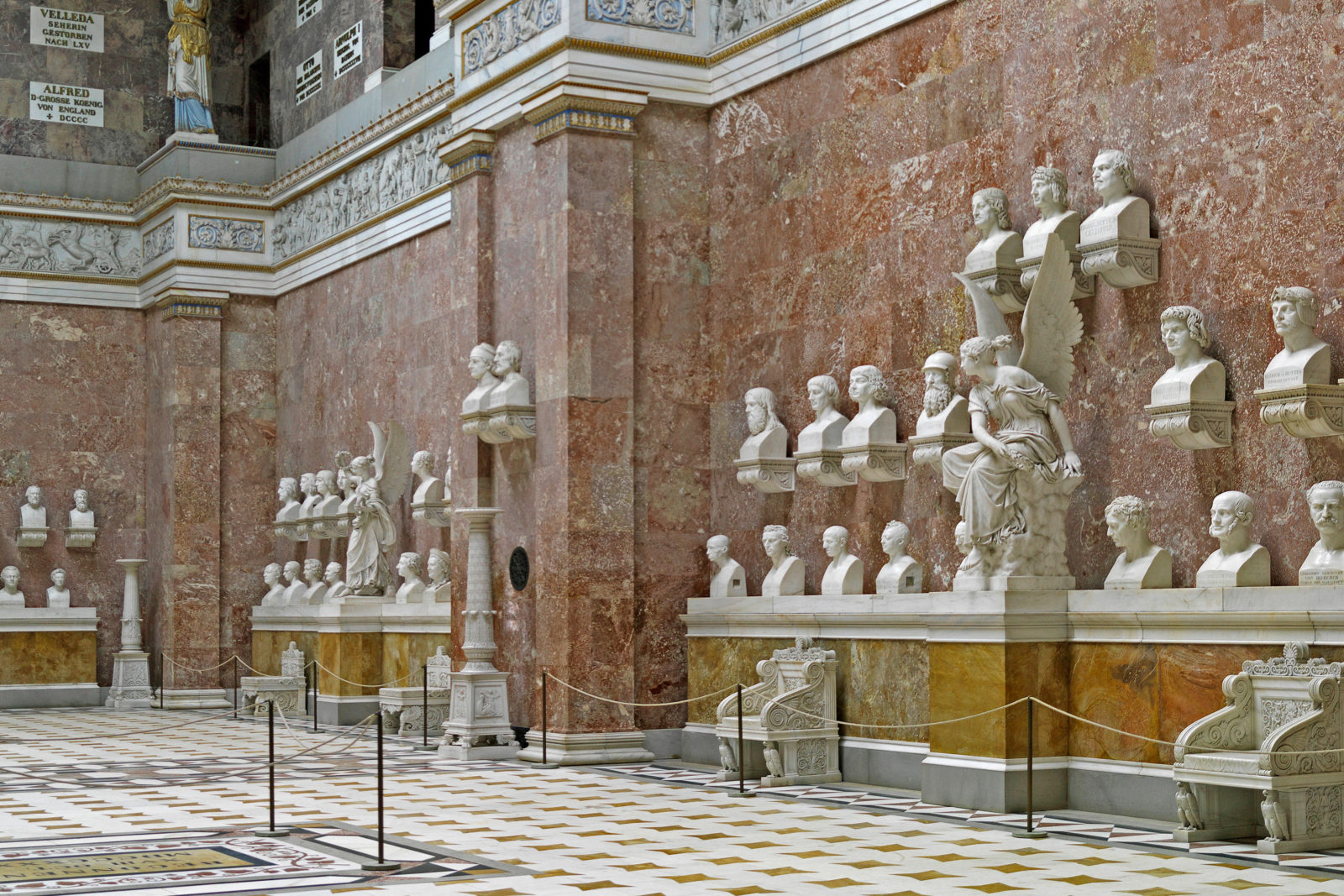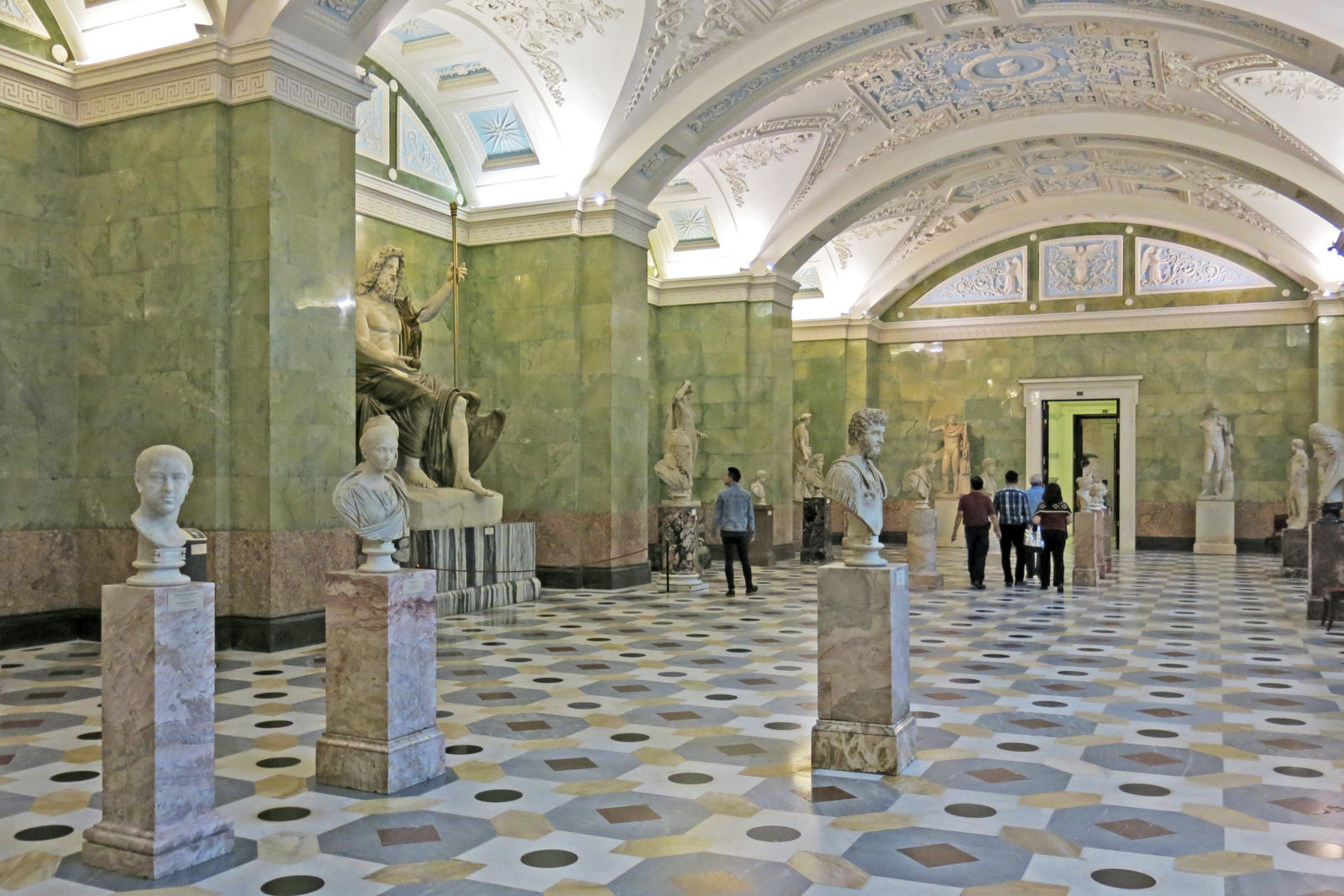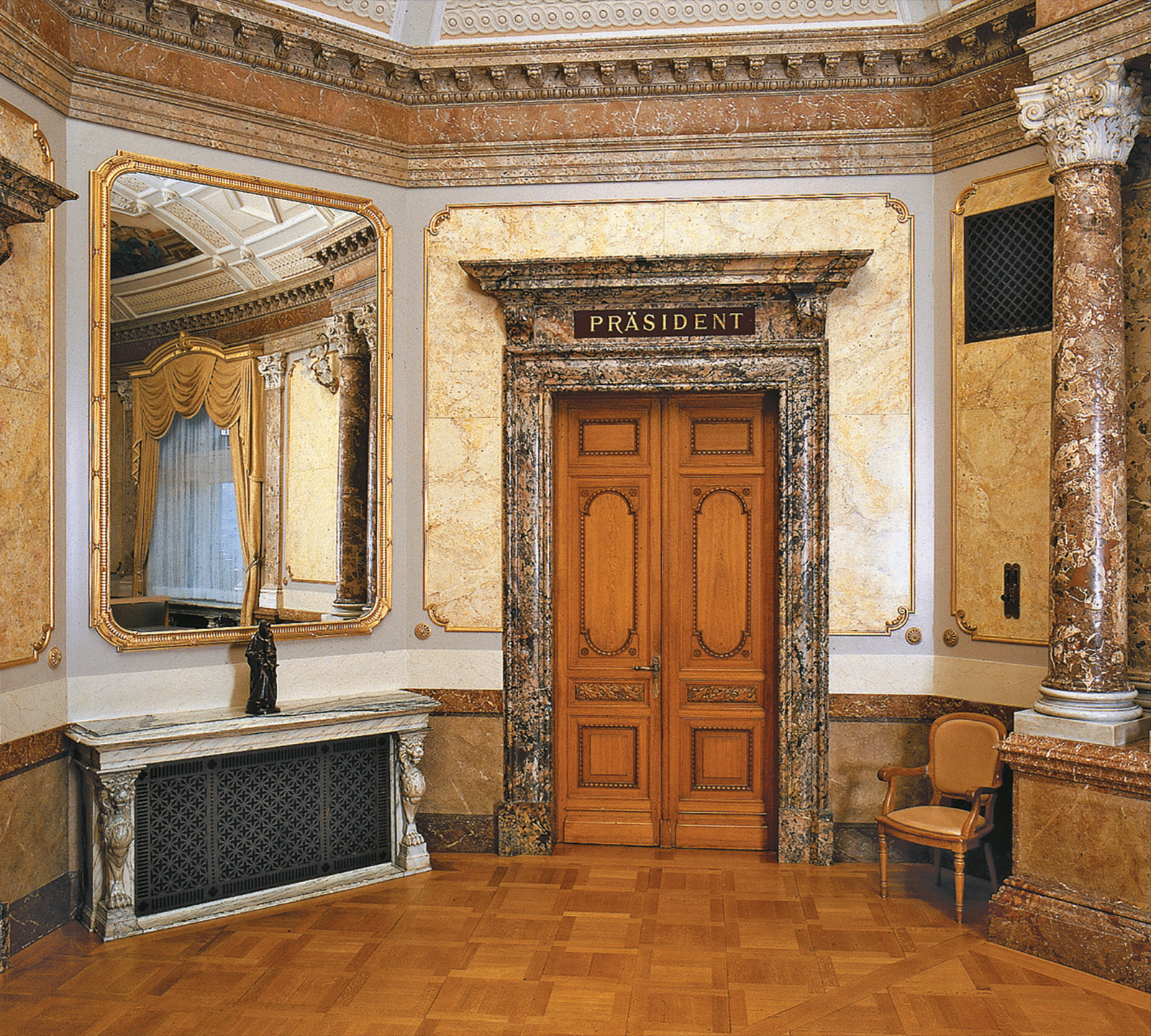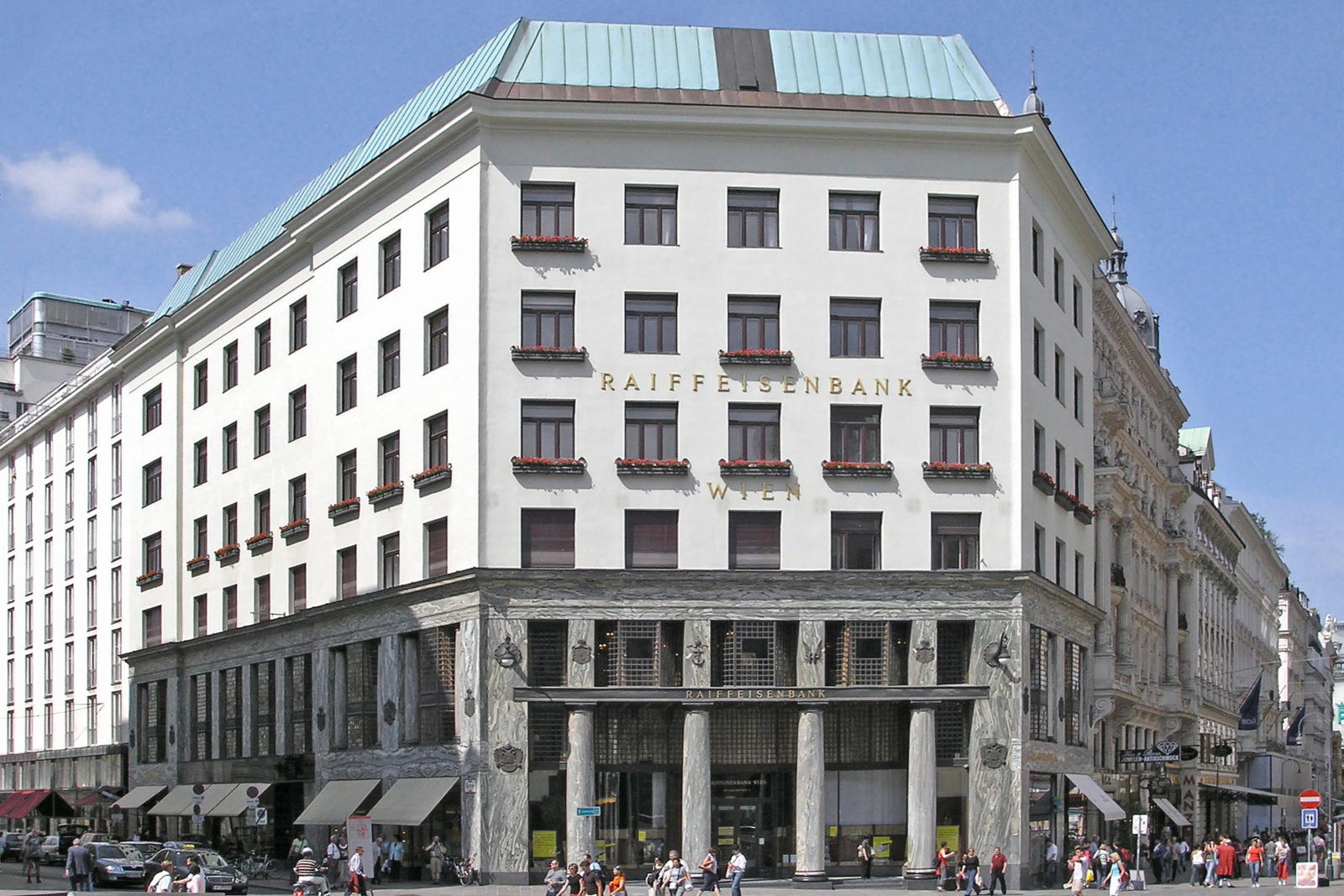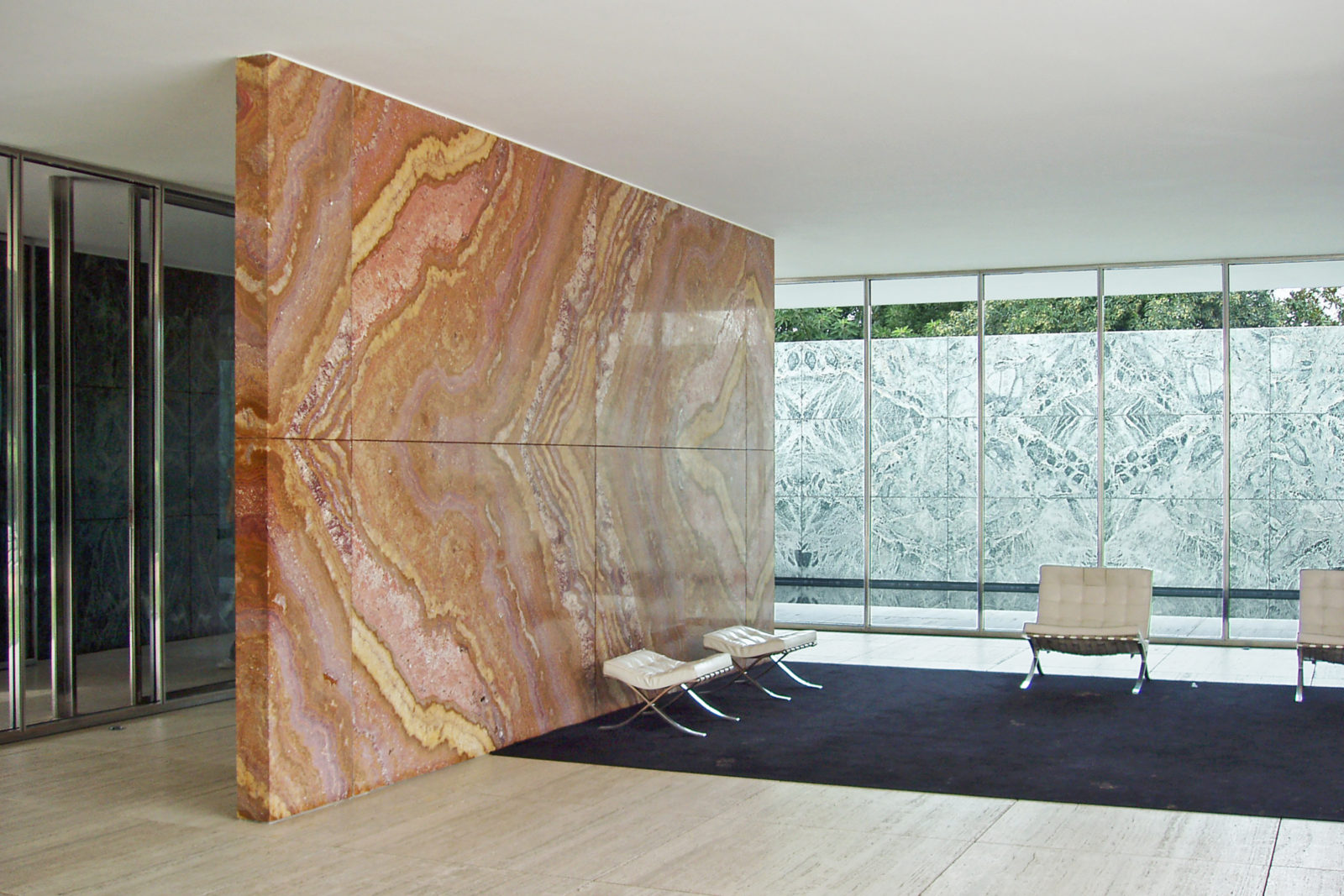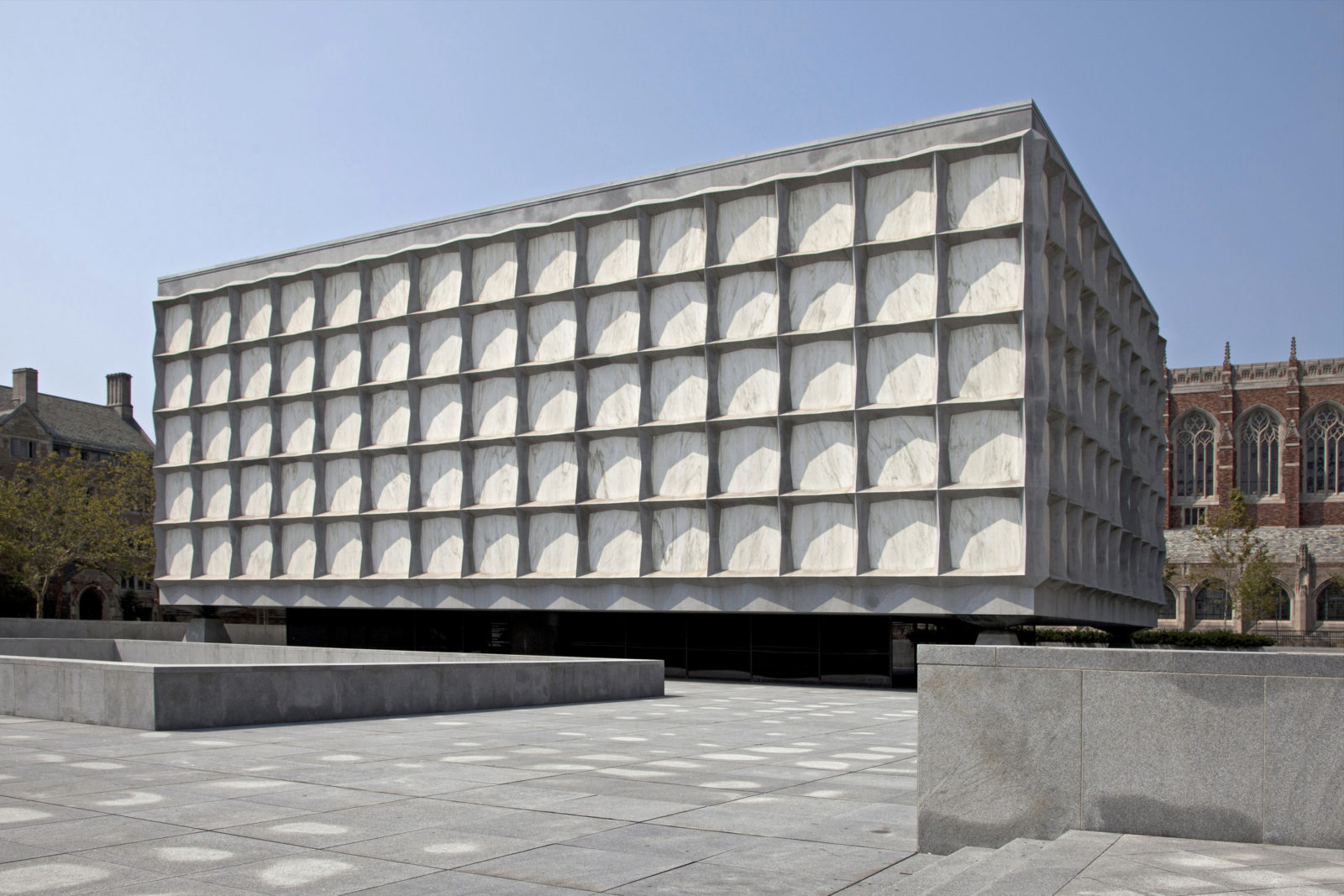marble architecture power
A construction material with a history
Nowadays we associate marble with the white marble of Greek antiquity, the Italian Renaissance or classicism. We think of the buildings on the Acropolis in Athens or of Milan’s Cathedral. But the idea of marble in antiquity was very different. At the time, the term was used to describe all polishable stones, including varieties as geologically disparate as alabaster, granite or porphyry, which have a broad and in some cases vibrant colour palette. In part, this view was still commonly held into the nineteenth century.The history of marble as a material is therefore also a story of variously coloured stones. 1

Their difficult extraction, costly transportation and limited availability made these coloured marbles luxury products that were always also a sign of special status and claims to power.
In the nineteenth century, collecting, identifying and categorising antique decorative stones became a veritable pastime among the upper classes in Rome. People were fascinated by the outstanding cultural significance of the material. One of these historical collections of ancient Roman coloured marbles, the Feliciani Collection, is today housed in the store of the Department of Earth Sciences at ETH Zurich. It is unique in terms of its size, composition and historical significance. 2
Coloured marble as a signature of Roman architecture
In classical Greece (approximately fifth century BC), the use of white marble was reserved for public stately buildings and temples. The material symbolised the wealth and prosperity of the community. It was not until the luxurious palaces and mausoleums of the late classical period (fourth century BC) and the Hellenistic period in particular (from the third century BC) that coloured marble also started to be used for entire interiors. In combination with other precious materials such as gold, silver and ivory, the multi-coloured stones created complex spatial experiences and of course also emphasised the special social status of the master of the house.
By contrast, the use of marble – both white and coloured – in ancient Rome was a relatively late phenomenon, but one that proved to be all the more long-lasting, whereby Roman marble aesthetics influenced the history of architecture across the entire western world.

With the expansion and consolidation of the Roman Empire around the middle of the first century BC and the ensuing access to new quarries, but also thanks to the exploitation of white marble from Carrara (the antique Luni) in Northern Italy, which is still quarried today, this material was no longer only used for public buildings in Rome either.

The blaze of colour from coloured marbles was now a sought-after status symbol in private residences and luxury villas belonging to the Roman upper classes. Anyone with aspirations had coloured marble columns in his home as well as floors and walls covered with shining, polished coloured marble panels identical to those in the interior of a temple.
Over time, the use of coloured marble became more and more sophisticated, as did the way that artists interpreted its materiality and colour. The era saw experimentation with all kinds of new techniques, such as marble applications or decorative inlay work – essentially a kind of “painting in stone”. 3

The staging of stone in the architecture of the nineteenth century
For the architects and master builders of the nineteenth century, the decorative stones uncovered during excavations in Rome, based on which collections and corresponding catalogues were created, were an important source of inspiration. The different stones belonged to the canon of ancient architecture and were used or imitated in contemporary buildings of the time.
Famous, well-staged interior décor made of coloured and partially artificial marble (stucco marble) can be found for example in the Walhalla in Donaustauf and in the New Hermitage in St. Petersburg both by Leo von Klenze, in the Neues Museum in Berlin by Friedrich August Stüler and in the Kunsthistorisches Museum in Vienna by Gottfried Semper.
Some of the most important ancient varieties of marble remained available and were quarried sporadically even after the Fall of the Roman Empire. By comparison, others, such as Cipollino verde (called “Marmor carystium” by the Romans) from near Karystos on the Greek island of Euboea or the purple-red so-called “imperial porphyry” from Mons Porphyrites in Egypt were well known, but their precise quarrying locations had been forgotten. As part of the reawakened interest in ancient coloured marbles, towards the end of the nineteenth century the English stone merchant William Brindley went in search of the lost ancient Roman quarries in Greece, Turkey and North Africa. He negotiated and acquired a number of concessions for quarrying stone, including for the above-mentioned Cipollino from Euboea. 5
In 1873, Italy exhibited the Feliciani Collection, which was still in Rome at the time, at the World's Fair in Vienna. The reaction of the press was euphoric, and Italy was vaunted as having assumed “the first rank amongst nations in the showcasing of its stone treasures”. 6
A catalogue compiled by Emile de Meester de Ravestein in 1872 for his personal collection of ancient coloured marbles gives an excellent insight into the ambitions and intentions underlying the collections of the time. The author wrote that his collection “should animate an emulation of the Ancients”, but not through replication or mere reuse, rather in the form of inspiration. 7 In other words, the ancient stones were to encourage others to discover the treasures in their own countries and to open up new avenues for art and for modern industry. 8 Consequently, the study of these stones was not intended to result in the adoption of ancient building materials but rather to train and hone a sense for modern building materials.
Switzerland discovers its own stone treasures
Five years after Italy won fame at the Vienna World’s Fair for presenting the Feliciani Collection, Switzerland displayed its own building stone deposits at the World’s Fair in Paris in 1878 and won “four major prizes and six gold medals”. 9 The first major national exhibition in Zurich in 1883 also featured the entire “wealth of the country's magnificent building materials”. 10 Alongside stone specimens, including both decorative stones and solid building stones, the exhibition presented different types of uses and finishing techniques.

The stone industry in Switzerland flourished generally in the second half of the nineteenth century. Significant stone deposits were identified, stone properties systematically tested for the first time and many new quarries opened. 11 This period marked the heyday for Arzo marble from Ticino, which had already been quarried on a large scale since the sixteenth century. Moreover, a green-greyish banded marble from Saillon in Wallis, which showed great similarity to the ancient Roman Cipollino and was discovered around 1873, was soon successfully marketed as Grand Cipolin antique (Grand Antique de Saillon) far beyond Switzerland’s borders. 12

The parliament building of the Federal Palace (Bundeshaus) in Bern, designed by Semper student Hans Wilhelm Auer between 1894 and 1902, is a built manifestation of the country’s national stone treasures. Regarding the choice of materials, Auer commented prior to the commencement of the building, “in the interior, the most conventional hard stones and marbles from all over Switzerland have to be called upon, in full and without exception.” 13 A total of 30 native stones were used in the construction of the parliament building. Even though these only represent a fraction of the varieties of stone extracted at the time from around 700 active quarries, geographically they represent almost the entire country. 14
Some of Zurich’s buildings from the 'Historismus' and 'Gründerzeit' eras also boast examples of Swiss decorative stone, such as Arzo marble and Saillon marble (Grand Cipolin Antique).
Marble in modernist architecture
In the twentieth century, the significance of coloured marble changed once again. Cement, steel and glass came to play an increasingly important role as building materials, and the aesthetics of architecture underwent a major transformation. Natural stone and with it the craft of stone-working was becoming less and less popular. Nevertheless, marble never completely disappeared as a surface material, playing a pivotal role for example in the architecture of Italian Razionalismo alongside travertine. 19
Two of the main protagonists of the International Style, Adolf Loos and Ludwig Mies van der Rohe, also used decorative stones familiar from the antique in some of their best-known buildings, emphasising its pure materiality by using the stone for large surfaces at prominent locations.
Adolf Loos chose the aforementioned Cipollino marble for the facade of the ground floor and mezzanine level of the Loos House in Vienna, a material that had in recent years become available again for the first time since antiquity. In a written defence published in the 'Illustriertes Wiener Extrablatt' on 30 September 1910, the architect, who travelled to Euboea himself to select the marble from the quarry, wrote: “Nobody knows yet what this effect will be. Never before has Cipollino marble been used in such volumes. After the Fall of Rome, the quarries were forgotten … and now the House at Michaelerplatz is to be the first large building designed in this most beautiful and magnificent of all marble varieties.” 20
Like Loos, Mies van der Rohe was the son of a stonemason and grew up learning how to use natural stone. In his Barcelona Pavilion, created in 1929 as the German Reich's contribution to the International Exhibition in the Spanish city and regarded as a manifesto of modernist architecture, Mies van der Rohe placed a wall made from North African golden onyx as a free-standing object in the centre of the space. 21 The other walls made from Vert antique and green Tinos marble from the Greek island of the same name are also arranged as objects. 22
While the aesthetic approach to coloured marble in modernist architecture was different from that of prior epochs, the inherent connotations of a sophisticated and precious stone remained, resulting in an air of exclusivity that the material still possesses today.
Translucence, one of the properties of marble already deployed in ancient Rome, is the theme of Gordon Bunshaft’s Beinecke Rare Book and Manuscript Library clad in white Vermont marble and St. Pius Church by Franz Füeg, who used thin-cut Pentelic marble from Greece for the facade.
Coloured marbles today
Since antiquity, coloured marble has been used as a building material in constantly changing aesthetic and historical contexts. It is still available today. The quantities of stone quarried nowadays in Switzerland are far less than in the nineteenth century, with material for architectural purposes currently extracted from only 75 quarries. For example, the extraction of Arzo marble or Cipolin antique from Saillon ceased completely for lack of profitability, due among other things to the changing fashions in stone. 23
Marble in the narrower – and petrographically correct – sense is now only quarried at just one location in Switzerland: light toned Cristallina marble from Peccia in Ticino’s Maggia Valley. By contrast, coloured marbles as defined by the ancient meaning, i.e. coloured, polishable hard stones, are still quarried, including for example Rouge de Collonges, Vert de Salvan, Andeer and Valser Quartzite.
All of the decorative stones mentioned here are included in the Material Collection of ETH Zurich on the Hönggerberg Campus, together with other building materials such as timber, ceramics, glass, metal, adobe, lime, plaster, cement or plastics. By comparing historical building materials with contemporary materials and by providing a database in cooperation with the network Material-Archiv, the aim of the collection is to raise awareness of the significance and context of building materials and encourage a substantive approach to these materials, similar to the intention of the grand decorative stone collections of the nineteenth century.

Footnotes
- The term „coloured marble” is only used in the antique context, where it actually refers to all kinds of polishable stone (marble, limestone, gneiss, granite, serpentinite, etc.). In the past, sandstone and slate were primarily regarded as non-polishable. For ancient coloured marble in general, see Raniero Gnoli, Marmora romana (Rome, 1971); Gabriele Borghini, Marmi Antichi (Rome, 2004); Mario Pieri, I marmi d’Italia: Graniti e pietre ornamentali, 3rd edition (Milan, 1964); Dario Del Bufalo, Marmi colorati: Le pietre e l’architettura dall’Antico al Barocco (Milan, 2003); Monica T. Price, Decorative Stone: The Complete Sourcebook (London, 2007). ↩︎
- See Stephan Zink, Martine Vernooij and Peter Brack, „Die Sammlung ‘Feliciani’ der ETH Zürich: Geschichte, Ordnung und Bedeutung einer römischen Marmorsammlung des 19. Jahrhunderts”, in Uta Hassler and Torsten Meyer (eds.), Kategorien des Wissens: Die Sammlung als epistemisches Objekt (Zurich, 2014), pp. 209–27. Similar collections can be found in Oxford, Rome, Milan, Brussels and Berlin. An overview of these collections is provided in the following: Henry William Pullen, Handbook of Ancient Roman Marbles (London, 1894), pp. 6–8; id., Manuale dei marmi romani antichi, translated and edited by Francesco Crocenzi (Rome, 2015); Raniero Gnoli, Marmora romana (Rome, 1971), pp. 77–85; Caterina Napoleone, „Il Collezionismo di marmi e pietre colorato dal sec. XVI al sec. XIX”, in Gabriele Borghini (ed.), Marmi antichi (Rome, 2004), pp. 99–115; Harald Mielsch, Buntmarmore aus Rom im Antikenmuseum in Berlin (Berlin, 1985). For the collection in Brussels, see Emile de Meester de Ravestein, Musée de Ravestein: Catalogue decriptif , vol. 2 (Liège, 1872). ↩︎
- On the topic of polychromy in antique architecture in general, see also the forthcoming essay „Polychromy, Greek and Roman Architecture” by Stephan Zink in the online-edition of the Oxford Classical Dictionary to be published in summer 2017. ↩︎
- Staatliches Bauamt Regensburg (ed.), Walhalla 2004–2014 (Regensburg, 2014). ↩︎
- See Emma Hardy, “Farmer and Brindley: Craftsman Sculptors, 1850–1930”, in Victorian Society Annual, 1993, pp. 4–17 and Monica T. Price, Decorative Stone: The Complete Sourcebook (London, 2007), pp. 174–5 and 202–3. ↩︎
- “Ein antikes römisches Ausstellungsobjekt”, in Die Presse, 18 April 1873, p. 8 and Heinrich Wolf, Die Steinwaaren: Officieler Ausstellungs-Bericht der General-Direction der Weltausstellung 1873 (Vienna, 1877), p. 6. ↩︎
- De Meester de Ravestein, Musée de Ravestein (see fn. 2), p. 179. ↩︎
- Ibid. ↩︎
- For the Swiss stone show at the Paris Exposition Universelle, see “Rückblicke auf die Pariser Weltaustellung: Natürliche und künstliche Baumaterialien”, in Die Eisenbahn, 12/13, no. 15 (1880), pp. 87–9. ↩︎
- Offizielle Zeitung der Schweizerischen Landes-Ausstellung, no. 38 (10 October 1883), p. 355. ↩︎
- This was also connected to major infrastructural projects, such as the construction of the Gotthard Tunnel. See for instance Katja Burzer and Martine Vernooij: Gneis! Ein schweizer Gestein im Kontext der Architektur, Zurich 2016. ↩︎
- See for example The Antique Cipollino Marbles of Saillon (Switzerland) (Bristol, 1892). ↩︎
- See Toni P. Labhart, Steinführer Bundeshaus Bern (Bern, 2002), pp. 11–12. ↩︎
- On the parliamentary building, see Labhart (see fn. 12) and Toni P. Labhart and Felix Thierstein, “Die Steine des Parlamentsgebäudes”, in Mitteilungen der Naturforschenden Gesellschaft in Bern, new series, 44 (1987), pp. 203–35. On the quarries at the end of the nineteenth century, see Peter Eckardt, et al., „Feststeine für Bauzwecke”, in Swiss Geotechnical Commission (ed.), Die mineralischen Rohstoffe der Schweiz (Zurich, 1997), pp. 169–296, here pp. 180–1. ↩︎
- Toni P. Labhart: Die Gesteine des Parlamentsgebäudes, edited by the Swiss Geotechnical Commission (Berne 1987), pp. 208–209 ↩︎
- Toni P. Labhart: Die Gesteine des Parlamentsgebäudes, edited by the Swiss Geotechnical Commission, Berne 1987, pp. 220–221. ↩︎
- Toni P. Labhart: Die Gesteine des Parlamentsgebäudes, edited by the Swiss Geotechnical Commission (Berne, 1987), pp. 216–17. ↩︎
- Toni P. Labhart, Die Gesteine des Parlamentsgebäudes, edited by the Swiss Geotechnical Commission (Berne, 1987), pp. 224–5. ↩︎
- See for example (less for an overview than for a number of eye-catching buildings) Katrin Albrecht, Angiolo Mazzoni: Architekt der italienischen Moderne (Berlin, 2017) and Memmo Caporilli and Franco Simeoni (eds.), Il Foro Italico e lo Stadio Olimpico: Immagini dalla storia (Rome, 1990). ↩︎
- Adolf Loos, “Die beanständete Fassade des Baues am Michaelerplatz”, Illustriertes Wiener Extrablatt, 30 September 1910, reprinted in id., Die potemkin’sche Stadt: Verschollene Schriften, 1897–1933, edited by Adolf Opel (Vienna, 1983), p. 121. On the house itself, see Hermann Czech and Wolfgang Mistelbauer, Das Looshaus (Vienna, 1976) and Christopher Long, The Looshaus (New Haven and London, 2011). ↩︎
- In a contemporary report on the pavilion, the onyx is particularly lauded as a rarity, described as being the only „marble block of its kind and these dimensions to be found in Europe”. Cited in Justus Bier, „Mies van der Rohes Reichspavillon in Barcelona”, in Die Form, 4, no. 16 (1929), p. 424. Mies later talked about the discovery of the block in a Hamburg warehouse in interviews. Its material value alone accounted for around a fifth of the construction costs. The stone, which came from the Atlas Mountains in Morocco, was cut several times and the resulting panels, measuring just 3 centimetres thick, were hung on an inner iron frame on both sides of the wall. Only the four panels on the two heads are solid. As the dimensions of the stone block had been defined beforehand, the onyx wall was also at the heart of the plans in terms of its proportions. See Wolf Tegethoff, Mies van Der Rohe: Die Villen und Landhausprojekte (Essen, 1981), pp. 76–7. In the present-day reconstruction from the 1980s, a red onyx was used with a completely different patterning. The original onyx was extremely close to the one that Mies used at Villa Tugendhat in Brünn, which was designed virtually simultaneously. On the pavilion, see also George Dodds, Building Desire: On the Barcelona Pavillon (London and New York, 2005). ↩︎
- The light stone that the floors and exterior walls are made of is Roman travertine from Tivoli. ↩︎
- Konrad Zehnder and Rainer Kündig, „Steinmoden – gestern und heute”, in Kunst + Stein, no. 3 (2010), pp. 4–7. ↩︎






